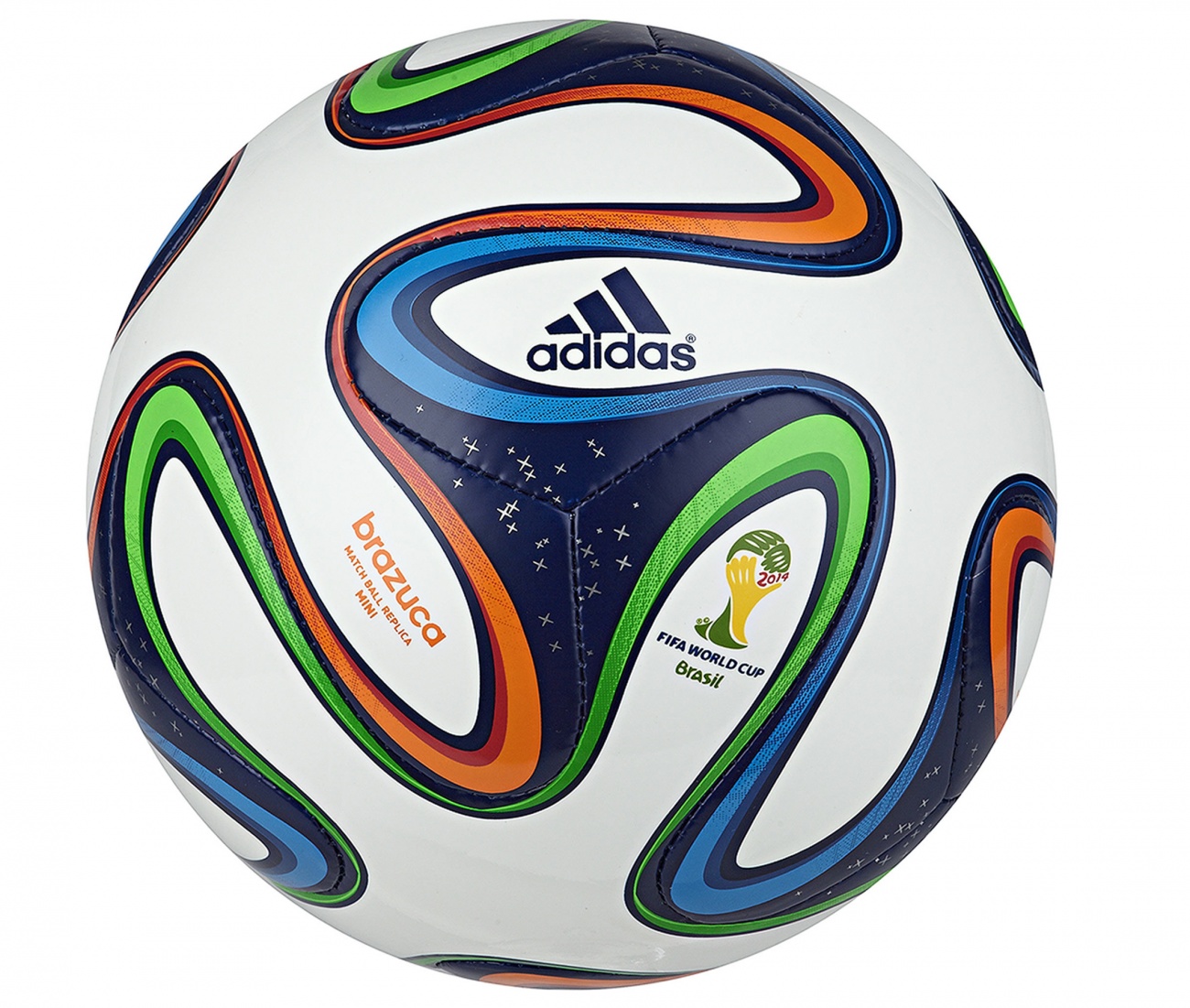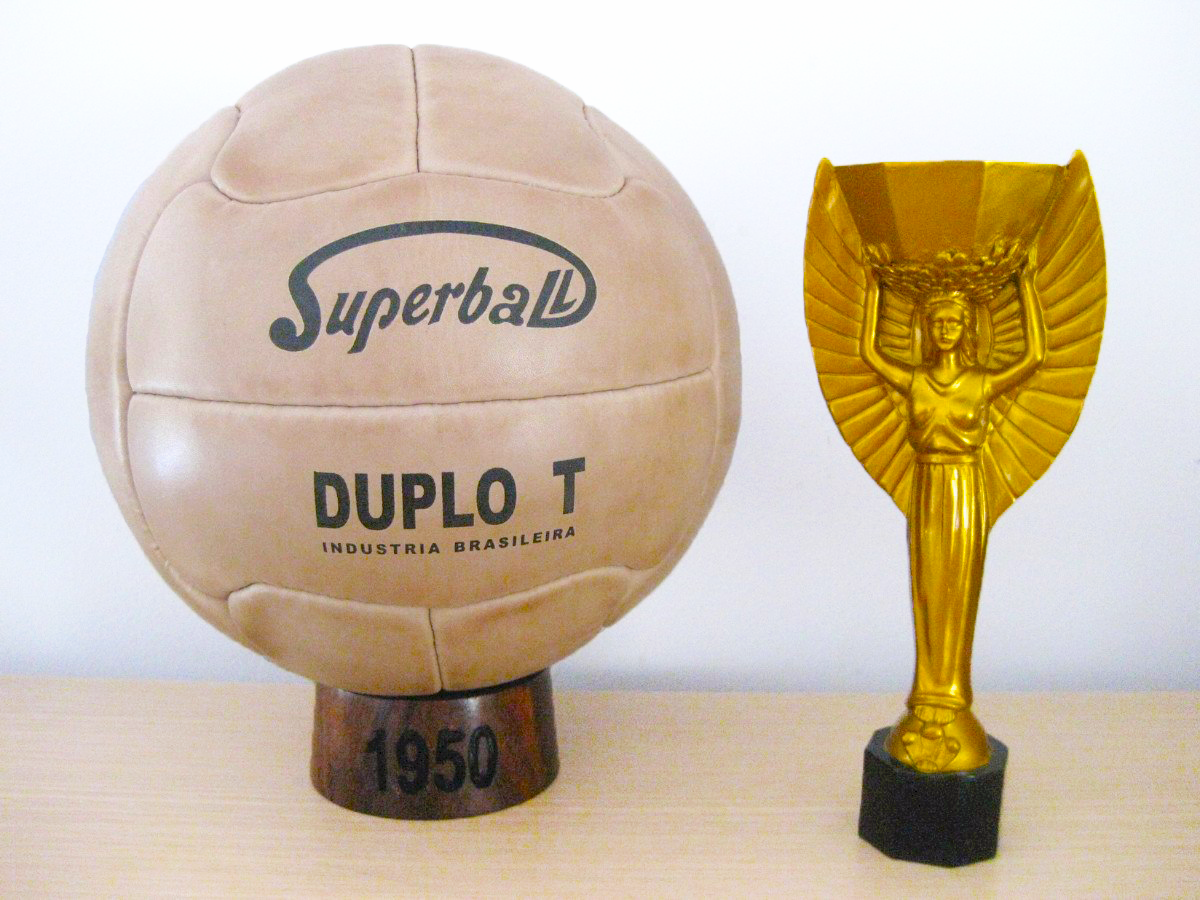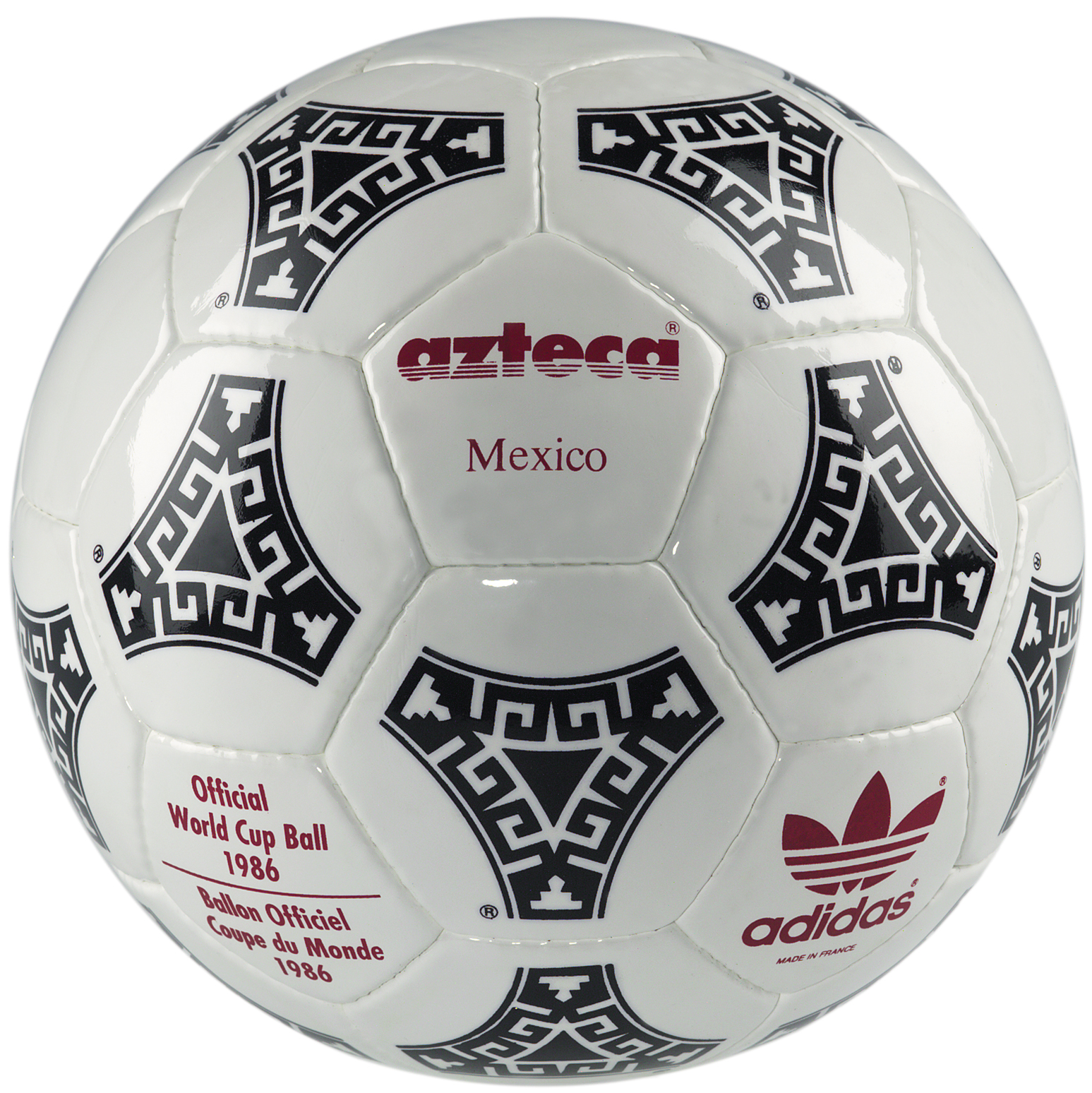As the FIFA World Cup is now in its second week you may have noticed the football at the start of matches when the referee picks it up off its plinth. It may not have occurred to you but the ball has a name!
In the old days, the name of the official ball was often global and transnational with little reference to local colour and culture. Nowadays, the ball name claims its origin and has turned into a powerful marketing tool in the hands of the host country.
From the first match, the eyes of spectators and fans are riveted to the ball. Like other host countries before them, Brazil has used the World Cup official ball name as an efficient advertising tool to promote itself. So what were the names of previous World Cup balls? Which ones do we remember? What about their meaning? Nomen decided to investigate.
Focus on BRAZUCA
BRAZUCA is the name of the official football for the 2014 World Cup. The ball design and colours evoke the “do Senhor do Bonfim da Bahia”, the famous Brazilian friendship bracelets/lucky charms. For the first time in World Cup’s history, the ball name was not chosen by FIFA. Instead a poll was conducted and Brazilian fans voted Brazuca their favourite by 78% over Bossa Nova and Carnavalesca. This choice confirms the previously-mentioned tendency to evoke the local culture or language through the name. Brazuca means both Brazilians (a familiar term) and their way of life – their fervour, pride and warmth. Whether foreigners can actually understand the name is not really an issue. As for its predecessor, the South-African Jabulani (a Zulu word meaning “rejoice”), the name works because it looks and sounds exotic. “The point is to convey a strong identity as well as a positive evocation” Marcel Botton, Nomen CEO, explains. “Through its sounds and meaning, Brazuca evokes dynamism and energy and clearly communicates its Brazilian roots. Thus the ball name is working like a brand and becomes an important part of the host country marketing strategy.” For information, Brazuca’s manufacturer Adidas trademarked the ball name as a Community Trade Mark.
In the past, balls names were more descriptive and less attractive
Not all countries seized this marketing opportunity and a quick look at previous World Cups bears testimony to that. When Brazil hosted the 1950 World Cup, matches were played with the Super Duplo T. Four years later, in Switzerland football players kicked the Swiss WC Match Ball. In Sweden, the ball was named TOP STAR, a fitting name if not very original. On the other hand, the meaning of Chilean ball MR. CRACK remains a mystery to this day!
Sometimes a national emblem, sometimes a universal sporting message
Whilst English was for a long time the symbol of a global world in ball naming, over the years the names have become more typical and emblematic of the host country. You may remember TANGO DURLAST (Argentina 1978), TANGO ESPAÑA (1982), AZTECA MEXICO (1986), ETRUSCO UNICO (Italy 1990), or TRICOLORE (France 1998). However not all countries seized this opportunity to shine the spotlight onto themselves. Some preferred to highlight a more universal sporting spirit: QUESTRA (USA 1994), FEVERNOVA (Japan/South Korea 2002) and TEAMGEIST (Germany 2006). One name stands apart. The ball used during the 1970 World Cup in Mexico and the 1974 World Cup in Germany was called TELSTAR. It was named after the homonymous communication satellite. According to Marcel Botton, this dichotomy is classic in the branding world: “Some global and multinational brands erase their national identity in order to ‘speak of the world to the world’, others put their origin forward as a tool to add value and differentiate themselves in communicating to the rest of the world.”


